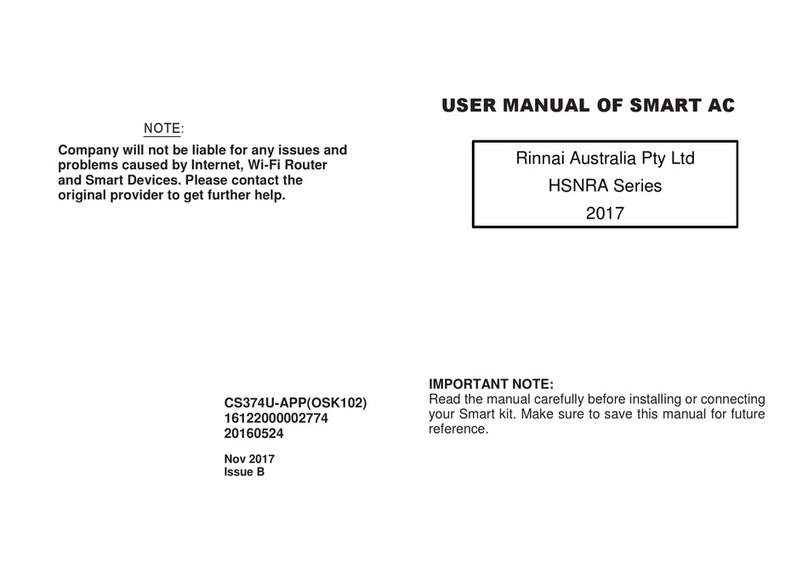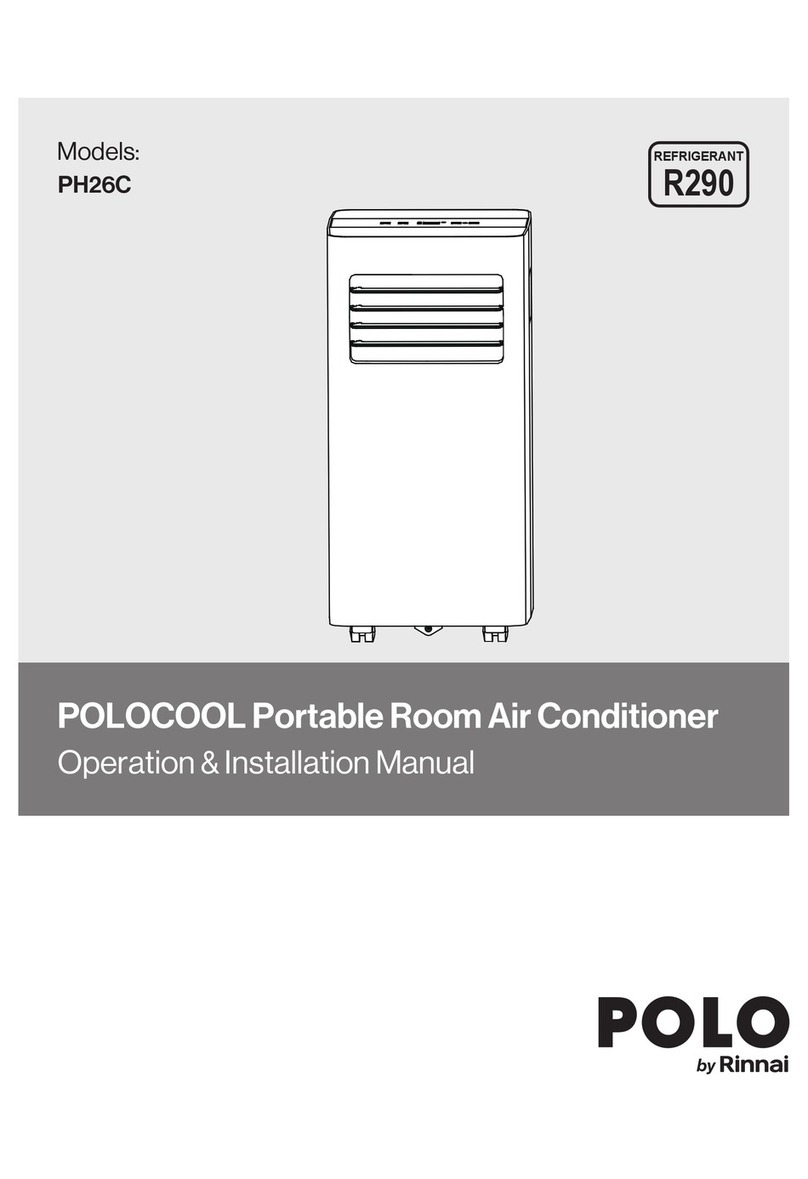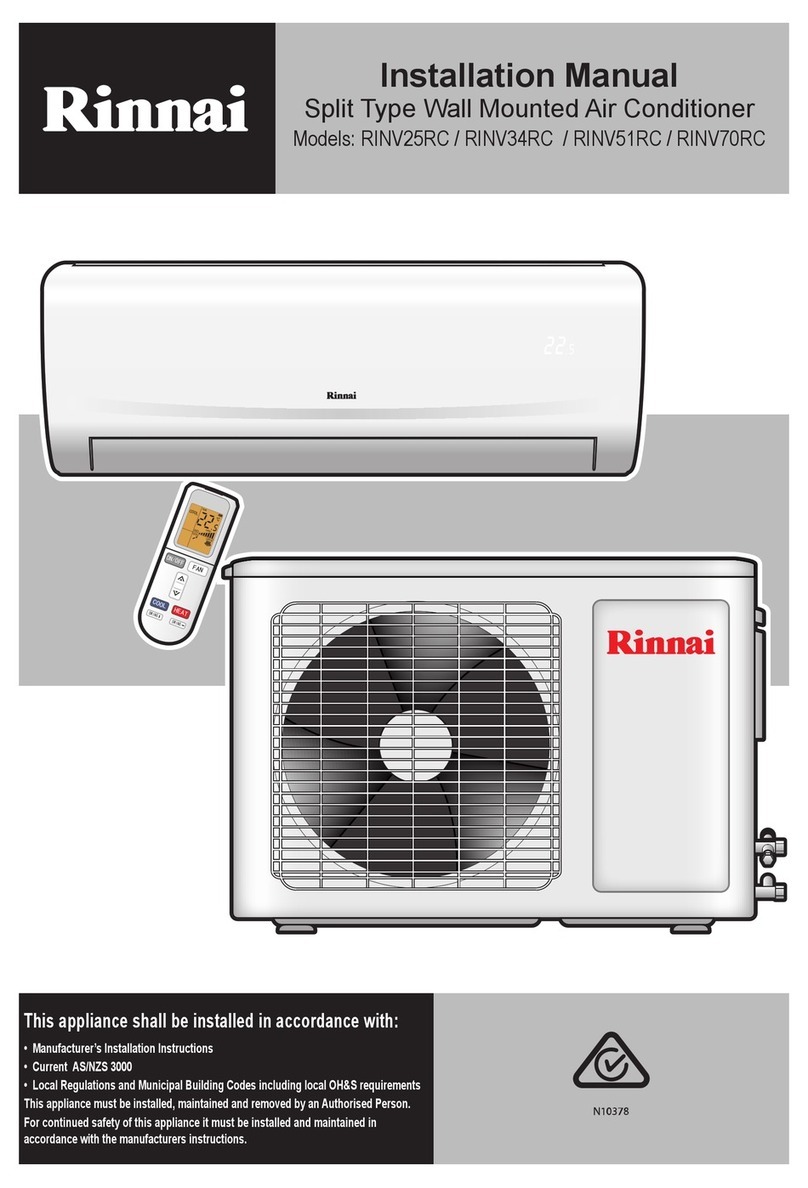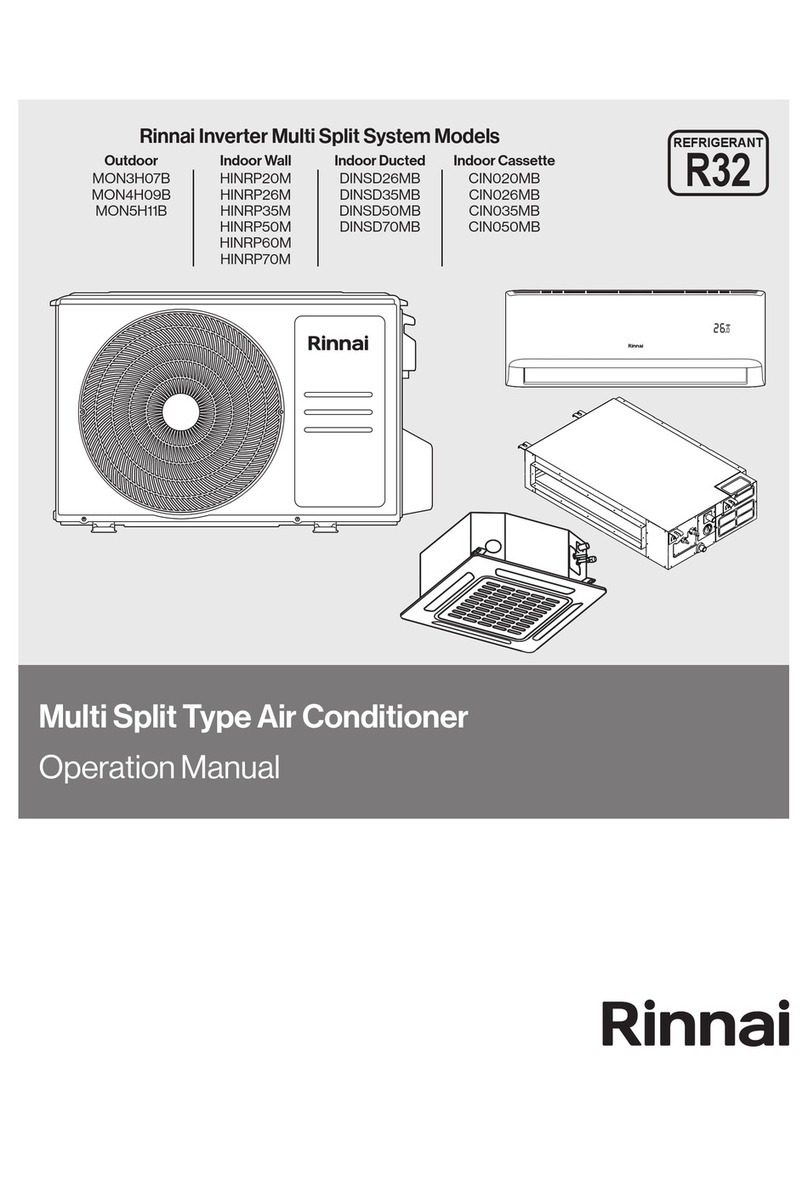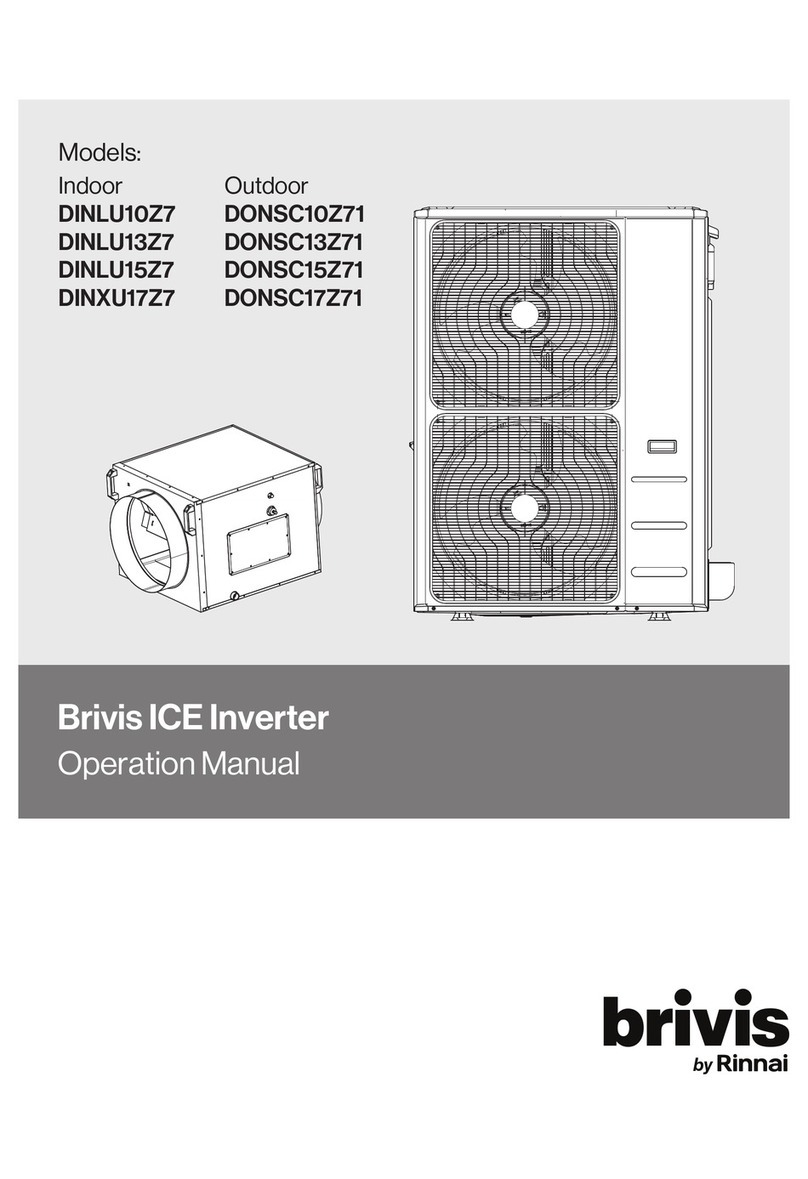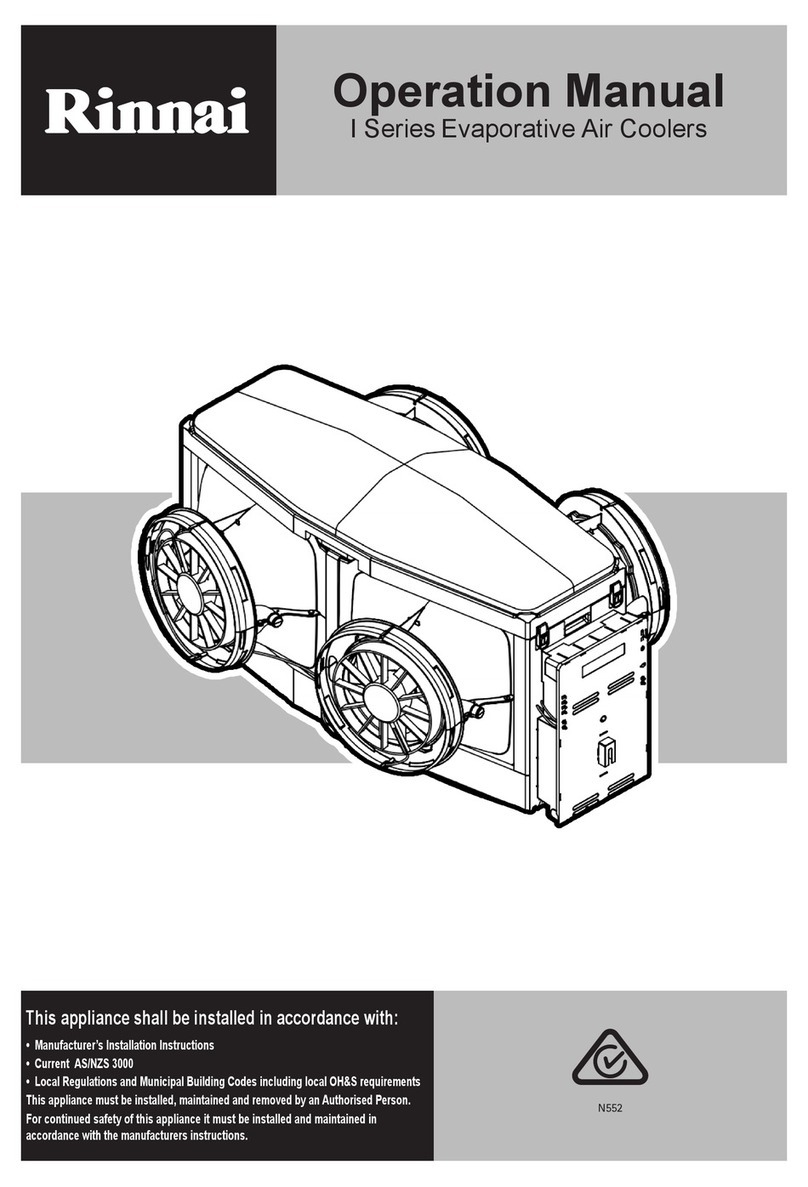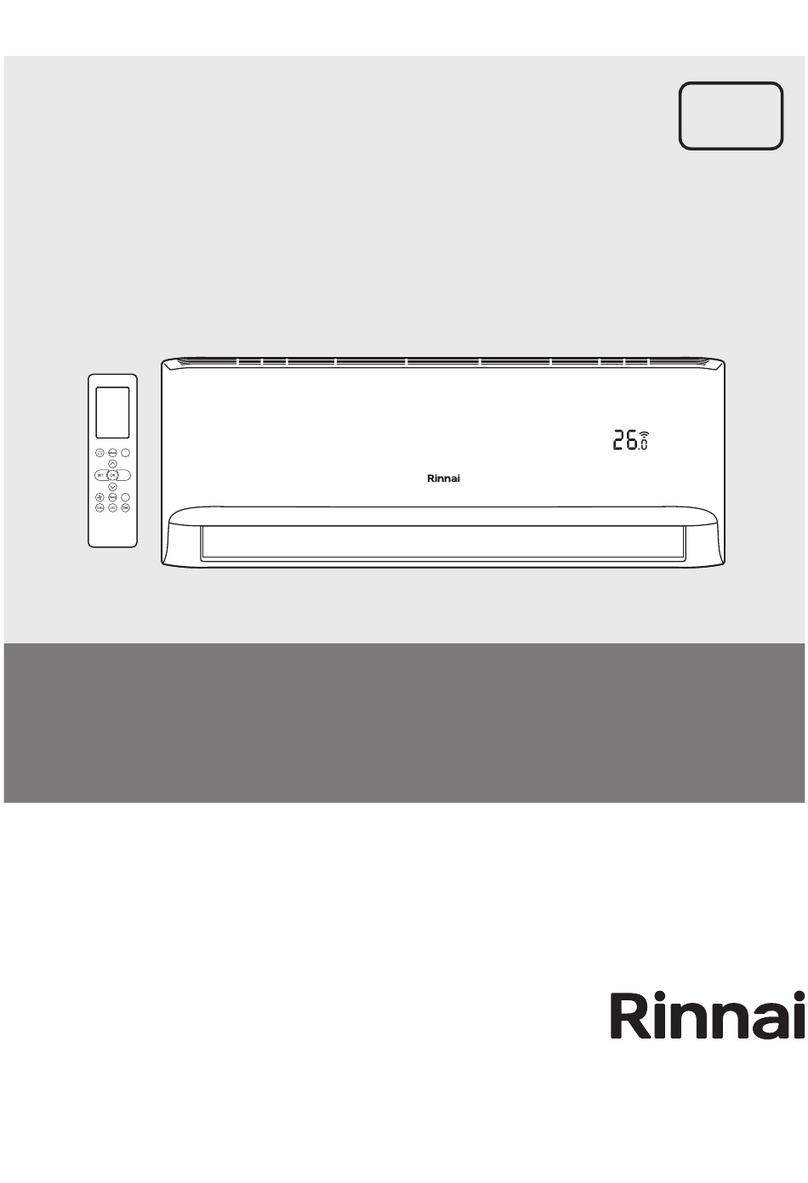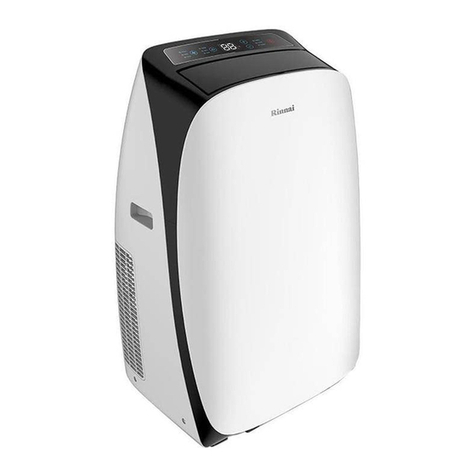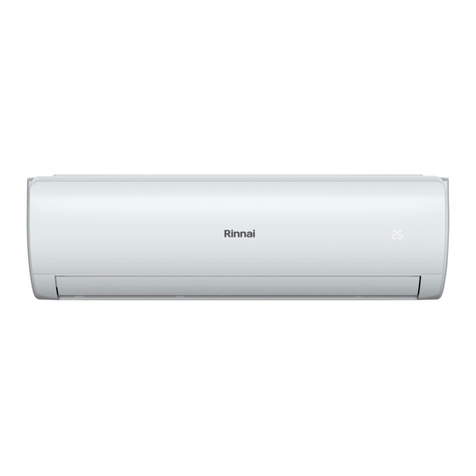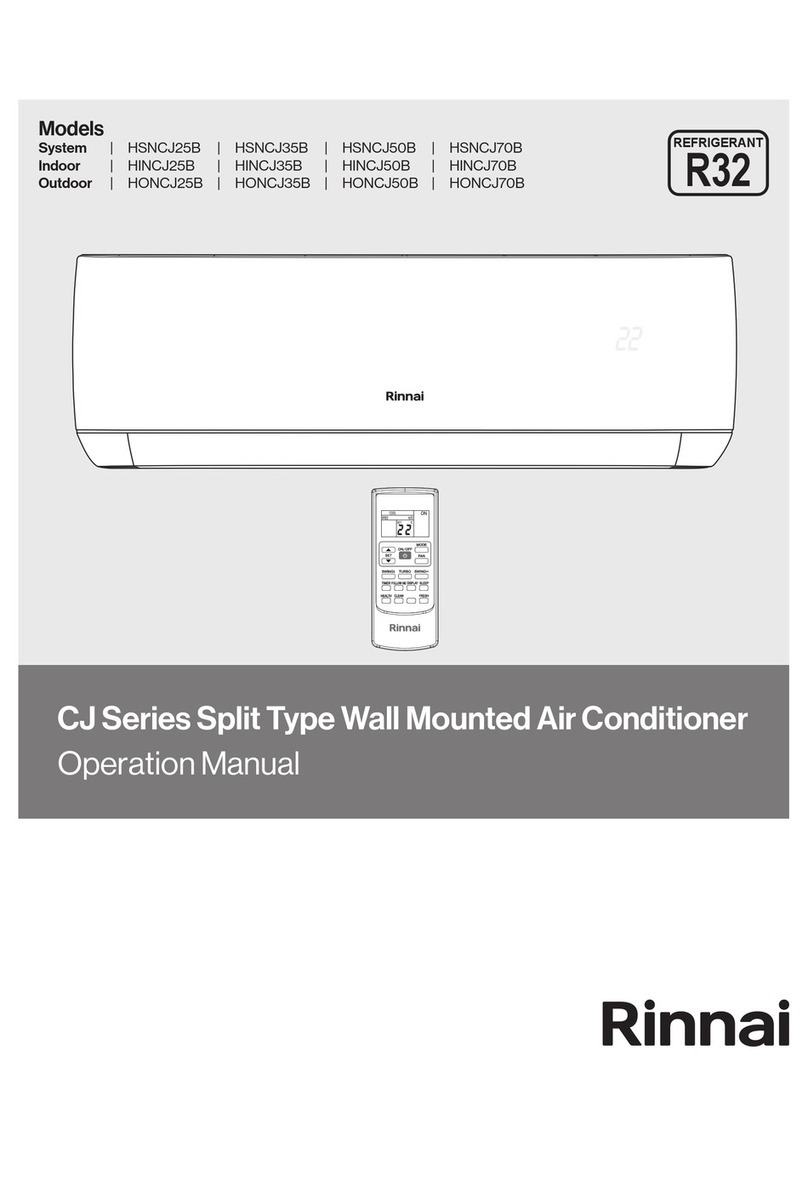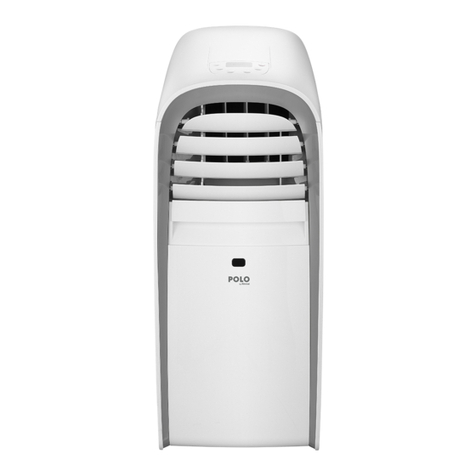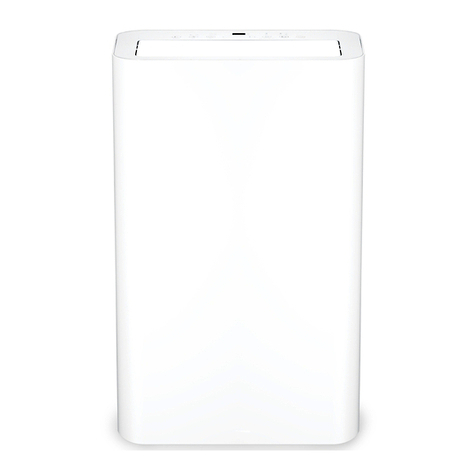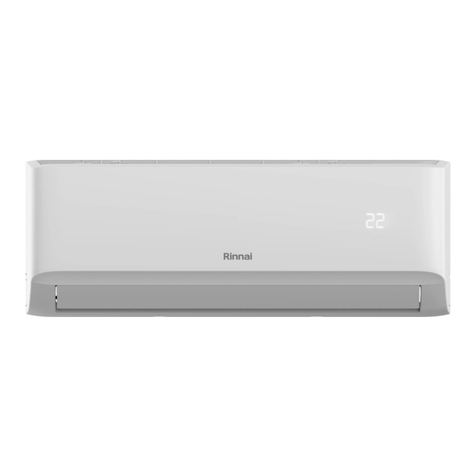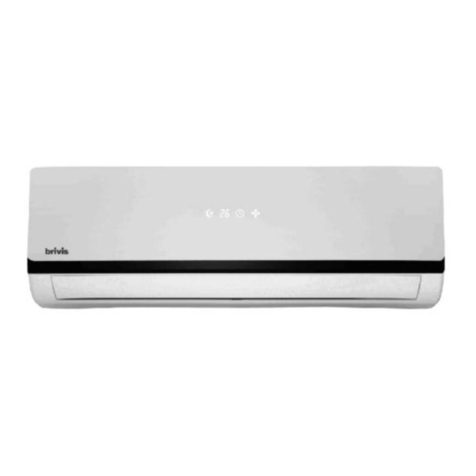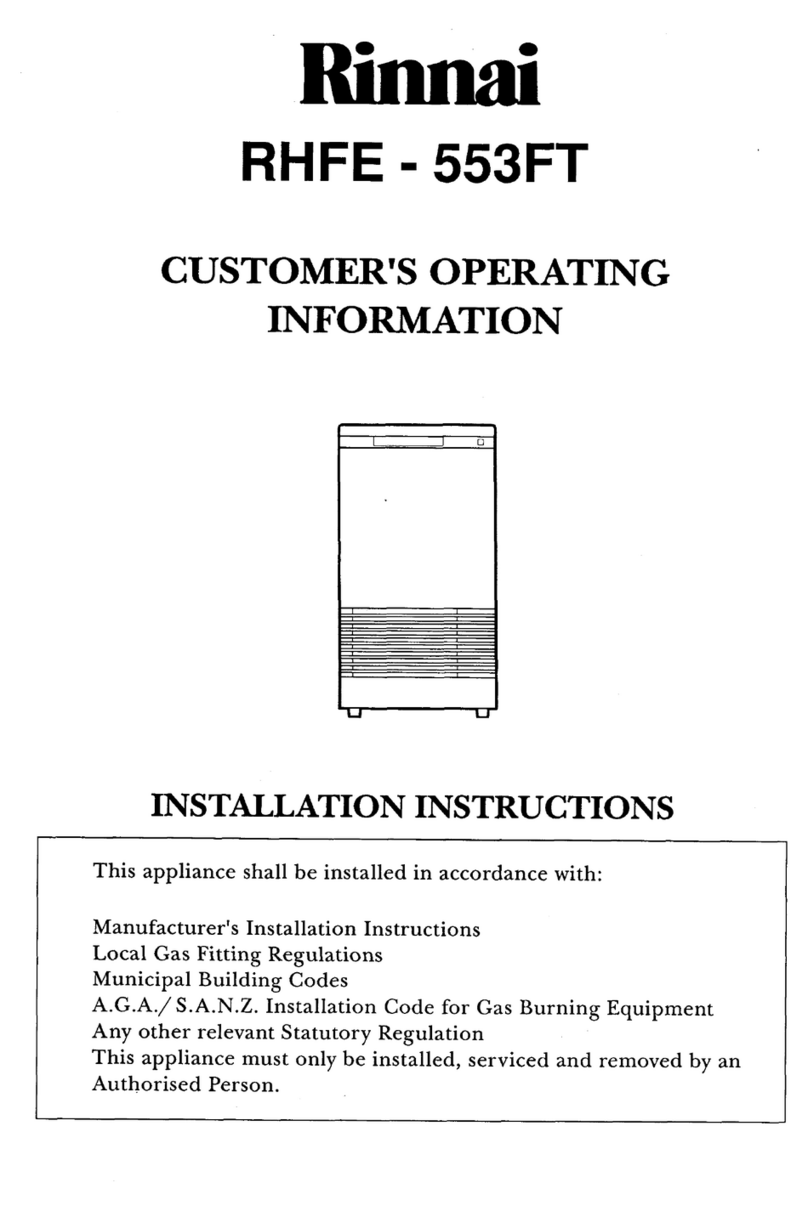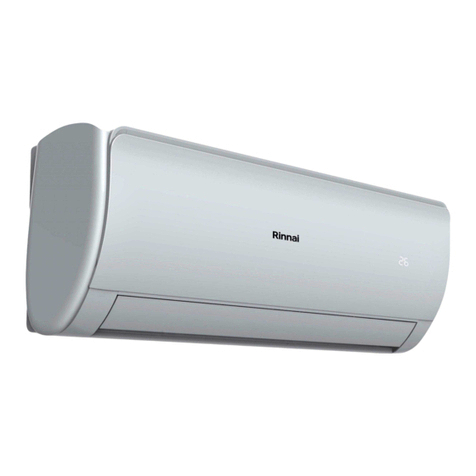
6|
Pro Series specication summary
2.0kW 2.6kW 3.5kW 5.0kW 6.0kW 7.0kW 8.0kW
kW 22.65 3.55 5678
V - Ph - Hz
A16 16 16 20 20 25 25
Rated Capacity 22.65 3.55 5678
Capacity Range 0.80-2.90 1.00-3.50 1.50-4.90 2.10-7.20 2.10-7.20 2.95-9.00 2.95-9.00
Rated Power Input W415 530 820 1300 1800 1950 2350
Rated Current (Range) A1.8 2.5 3.8 5.8 88.7 10.2
AEER W/W 4.780 4.968 4.311 3.836 3.327 3.584 3.399
Star Rating* -5.5 / 5.0 / 5.5 6.0 / 5.5 / 6.0 5.0 / 4.0 / 5.0 4.5 / 4.0 / 4.5 4.0 / 3.5 / 4.0 3.5 / 3.5 / 4.0 3.5 / 3.5 / 3.5
Rated Capacity 2.25 2.7 45.2 6.2 7.5 8.5
Capacity Range 0.90-3.00 1.40-4.00 1.80-5.10 2.50-7.80 2.50-7.80 3.50-9.50 3.50-9.50
Rated Power Input W460 510 920 1350 1700 1950 2250
Rated Current (Range) A 2 2.5 5 6 7.5 8.7 10
ACOP W/W 4.856 5.259 4.332 3.842 3.640 3.839 3.772
Star rating* -3.5 / 3.0 / 3.0 4.0 / 3.5 / 3.0 4.0 / 3.0 / 2.0 3.0 / 2.5 / 2.0 3.0 / 2.0 / 1.5 3.5 / 2.5 / 1.5 3.0 / 2.0 / 1.5
W2100 2300 2300 3600 3600 4050 4050
A9.5 10.5 10.5 15.5 15.5 17.5 17.5
m² 9-13 11-17 16-23 23-33 27-40 32-47 36-53
2.0kW Indoor 2.6kW Indoor 3.5kW Indoor 5.0kW Indoor 6.0kW Indoor 7.0kW Indoor 8.0kW Indoor
L/s 153/128/94/75/47
L/h 0.80 1.00 1.20 1.80 2.10 2.40 3.00
m3/h
dB(A) 53 55 56 57 59 63 64
dB(A)
Direction
Dimension (W x H x D) 729x200x291 802x200x295 802x200x295 971x228x321 971x228x321 1082x234x337 1082x234x337
Packing (W x H x D) 965×370×282 965×370×282 1010x385x307 1067×385×312 1205×400×317 1205×400×317 1205×400×317
Net / Gross Weight kg 8.0/10.3 8.5/11.1 8.5/11.1 11.1/14.4 11.1/14.4 13.3/17.0 13.3/17.0
Cooling
Heating
2.0kW Outdoor 2.6kW Outdoor 3.5kW Outdoor 5.0kW Outdoor 6.0kW Outdoor 7.0kW Outdoor 8.0kW Outdoor
54 57 57 65 66 65 67
53 55.5 55.5 59.5 59.5 61 61
Dimension (W x H x D) 765x303x555 805x330x554 805x330x554 890x342x673 890x342x673 890x342x673 890x342x673
Packing (W x H x D) 887x337x610 915x370x615 915x370x615 995x398x740 995x398x740 995x398x740 995x398x740
Net / Gross Weight kg 26.5/28.5 32.2/34.9 32.2/34.9 38.3/41.4 38.3/41.4 43.3/46.4 43.3/46.4
Type
Charged Volume kg 0.62 0.9 0.9 1.26 1.26 1.4 1.4
Pipe Size: Liquid / Gas mm
6.35mm(1/4in)
/9.52mm(3/8in)
6.35mm(1/4in)/
9.52mm(3/8in)
6.35mm(1/4in)/
9.52mm(3/8in)
6.35mm(1/4in)/
12.7mm(1/2in)
6.35mm(1/4in)/
12.7mm(1/2in)
9.52mm(3/8in)/
15.9mm(5/8in)
9.52mm(3/8in)/
15.9mm(5/8in)
Maximum Pipe Length 25 25 25 30 30 50 50
Chargeless Length 10 10 10 10 10 10 10
Extra Charge for Lengths
˃10m
g/m 12 12 12 12 12 24 24
Max. vert. separation m10 10 10 20 20 25 25
Cooling 0~50 0~52 0~52 0~50 0~50 -15~50 -15~50
Heating -15~24 -15~24 -15~24 -15~24 -15~24 -15~24 -15~24
Capacities tested in accordance with AS/NZS 3823.2, with 5m interconnecting pipe length. With our policy of continuous improvement, we reserve the right to change, or discontinue at any time,
specifications or designs without notice.
Outdoor Unit Model No.
Sound Power Level
dB(A)
Sound Pressure Level @ 1m
Dimensions
mm
Refrigerant
R32
m
Ambient
Temperature
Limits
°C
4-way swing
Operating Range °C
16~32
0~30
Nominal Capacity
Power Supply to Outdoor Unit
Dimensions
mm
Max. Input Power (Cooling / Heating)
Max. Input Current (Cooling / Heating)
Area Coverage (up to 2.6m insulated ceiling)
Indoor Unit Model No.
Air Flow (Turbo / Hi / Med / Lo / Min)
Moisture Removal
Air Flow (Turbo / Hi / Med / Lo / Min)
Sound Power Level
Sound Pressure Level @ 1m (Turbo / Hi / Med /
Lo / Min)
Air Swing Louvres
220~240 - 1 - 50
Recommended Circuit Breaker
Cooling
kW
Heating
kW
* Star rating: Hot and humid / mixed / cold
AEER: Annualised Energy Eciency Ratio
ACOP: Annualised Coecient of Performance
